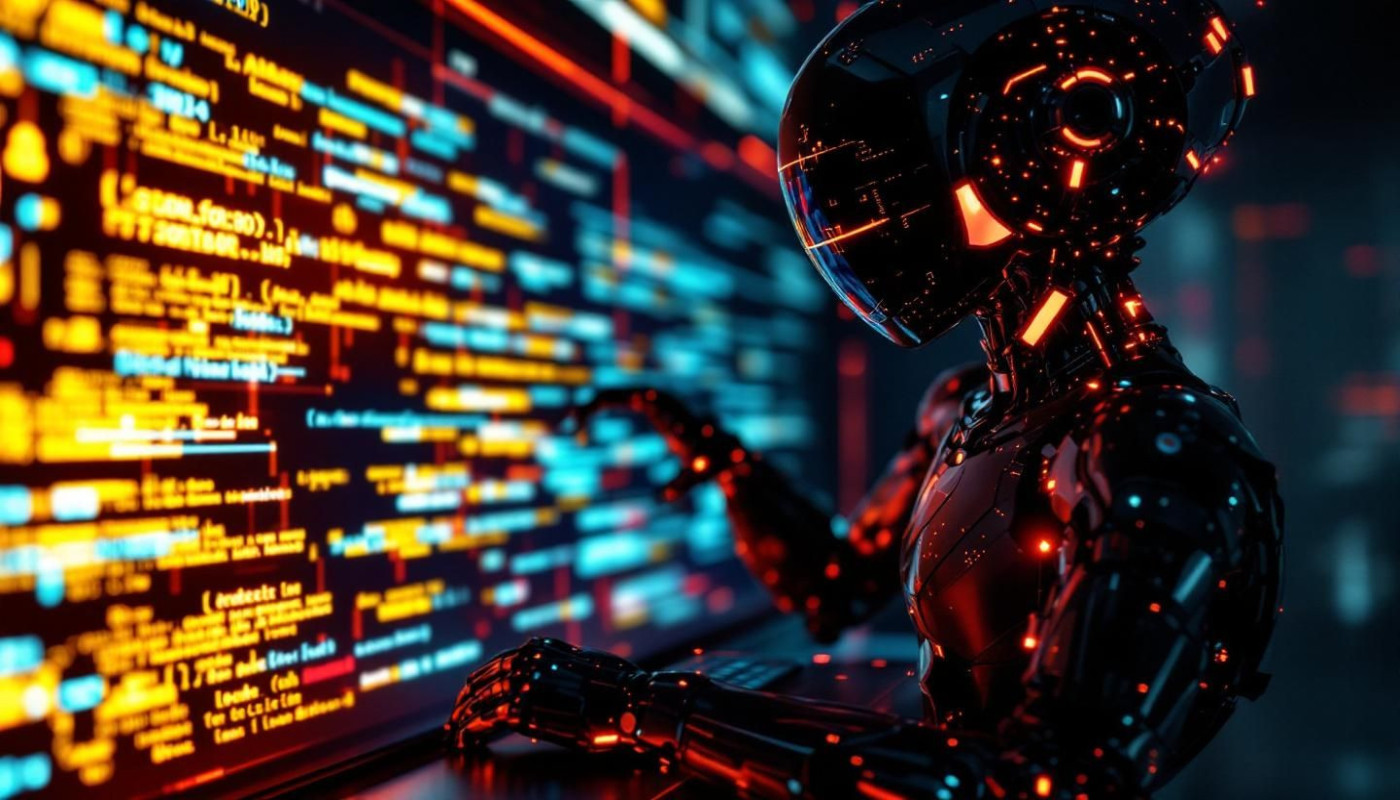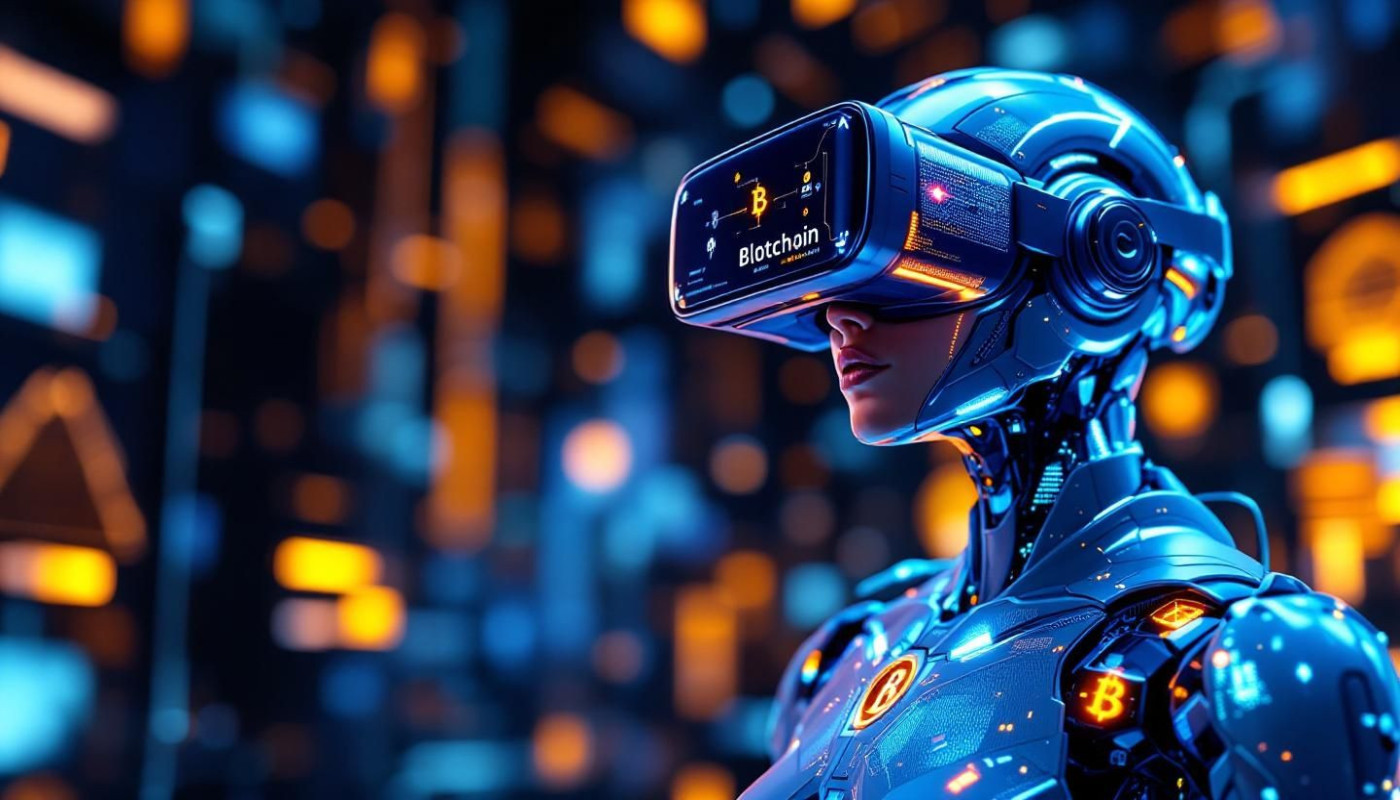Table of contents
In the rapidly evolving landscape of digital environments, blockchain technology is instigating a profound shift in how assets are owned, transferred, and valued. Those interested in the future of online interactions and digital economies will find that decentralized ledgers offer unprecedented security, transparency, and empowerment for users. Explore the transformative impact of blockchain on digital asset ownership through the following insightful paragraphs, each unveiling an aspect of this technological revolution.
Redefining digital asset ownership
Blockchain is transforming how digital ownership is understood and managed within the digital world, especially in online games and metaverse platforms. By leveraging decentralization, blockchain technology enables users to possess and control virtual assets in a way that is transparent, secure, and independent of any central authority. Unlike traditional systems where game developers or platform owners maintain ultimate control, blockchain allows users to own their digital assets directly, granting them true autonomy over their possessions. The introduction of non-fungible tokens (NFTs) has played a pivotal role in this shift. NFTs serve as unique digital certificates registered on the blockchain, guaranteeing the authenticity and singularity of virtual assets such as in-game items, digital artwork, or metaverse real estate. Because NFTs are cryptographically secured and cannot be replicated, they ensure that digital ownership is verifiable and cannot be manipulated or counterfeited. This innovative use of blockchain and NFTs is not only enhancing trust among users but also opening up new possibilities for trading, monetizing, and safeguarding virtual assets across the digital world.
Enhancing security and transparency
Blockchain security brings a new standard to asset protection in digital environments, using an immutable ledger to ensure every transaction is recorded and cannot be altered retroactively. This robust foundation supports transparent transactions, making it nearly impossible for unauthorized duplication or fraudulent activity to go undetected. Digital verification processes, backed by distributed consensus and cryptographic validation, allow users to confirm the authenticity and ownership of digital assets at any time, giving them confidence in the integrity of their holdings.
Cybersecurity specialists with deep knowledge of distributed ledger technology emphasize the transformative impact of smart contracts on automation and security. These self-executing protocols automatically enforce the terms of asset transfers, reducing human error and eliminating the need for intermediaries. As a result, digital worlds benefit from heightened trustworthiness and operational efficiency, with each asset’s history and usage transparently accessible to all relevant parties.
Platforms leveraging these innovations, such as moontools.io, showcase how blockchain can empower users with reliable asset management tools that incorporate digital verification and transparent record-keeping. With such advancements, the future of asset ownership in digital worlds is being defined by clear standards of security and transparency.
Enabling peer-to-peer marketplaces
Blockchain technology has ushered in a new era for peer-to-peer trading by powering decentralized marketplaces, allowing users to buy, sell, or trade digital assets without relying on centralized authorities. This shift in asset trading is greatly enhanced by trustless systems, where blockchain protocols verify transactions transparently and securely, removing the necessity for third-party intermediaries. On a blockchain exchange, ownership is authenticated through cryptographic proof, ensuring that users retain direct control over their digital assets at all times.
Decentralized marketplaces leverage smart contracts to automate transactions and enforce agreed-upon rules, thus reducing the risks of fraud and manipulation. Governance of these platforms often involves a decentralized autonomous organization (DAO), where participants can propose and vote on changes, ensuring community-driven decision-making. The result is an ecosystem that not only fosters innovation in asset trading but also expands access, giving users around the world the ability to interact seamlessly in peer-to-peer markets powered by blockchain technology.
Facilitating interoperability of virtual worlds
Blockchain technology is advancing the interoperability of virtual worlds by enabling seamless movement and compatibility of digital assets across various blockchain platforms. Through the implementation of token standards such as ERC-721 and ERC-1155, digital items gain a universal structure that allows them to be recognized and utilized in multiple games or online environments. This approach fosters a new level of digital integration, where cross-world assets can retain their authenticity, scarcity, and functionality regardless of the host platform. By adopting shared technical frameworks, developers allow users to transfer in-game items, collectibles, or virtual currencies freely, thereby enhancing the virtual economy and giving participants genuine control over their digital possessions. The efforts of blockchain interoperability engineers ensure that these systems are robust and secure, encouraging wider adoption and driving the evolution of interconnected digital experiences.
Empowering users and creators
Blockchain technology is transforming the landscape of digital ownership by placing user empowerment and creator rights at the core of asset management in virtual environments. Through decentralized networks, individuals can exert unprecedented digital ownership control, ensuring their creations and assets are verifiably unique, transferable, and protected from unauthorized duplication. This shift fosters a flourishing creator economy, where artists, developers, and innovators directly interact with audiences and consumers without relying on intermediaries. The transparency and immutability of blockchain ledgers serve as a safeguard for both users and creators, providing reliable proof of provenance and authenticity for every digital asset.
One standout innovation is the concept of programmable royalties, a blockchain feature that automates ongoing compensation for creators each time their work is resold or utilized. This mechanism not only secures sustained income for creators but also incentivizes the production of high-quality, original content. Blockchain royalties are embedded within smart contracts, ensuring that revenue distribution is transparent and resistant to tampering. Empowering users and creators in this manner paves the way for a more equitable digital ecosystem, where individuals have meaningful control over their contributions and can confidently monetize their digital assets over time.
Similar



